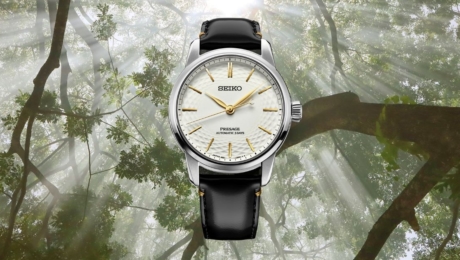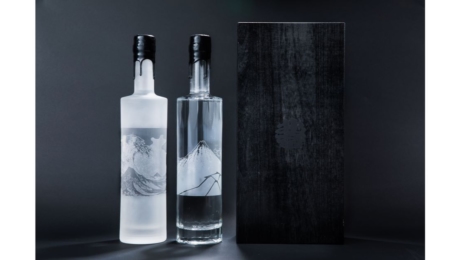![[Takahashi Kobo] Take part in the “Art and Culture Walk” alongside the Kanda River in autumn, the perfect season for leisurely strolls.](https://en.edotokyokirari.jp/wp-content/uploads/20231020110903/42d07bcd63dabd53bbd36e964dc58e93-1440x720.jpg)
![[Takahashi Kobo] Take part in the “Art and Culture Walk” alongside the Kanda River in autumn, the perfect season for leisurely strolls.](https://en.edotokyokirari.jp/wp-content/uploads/20231020110903/42d07bcd63dabd53bbd36e964dc58e93-750x750.jpg)
[Takahashi Kobo] Take part in the “Art and Culture Walk” alongside the Kanda River in autumn, the perfect season for leisurely strolls.
2023.10.20
LIFEBeginning at Inokashira Park in Mitaka City, Tokyo, the Kanda River flows from west to east through the center of the city before joining the Sumida River.
Named after a stretch of the river that used to be called Edogawa, the area around Edogawabashi along the Kanda River in Bunkyo-ku is known for its historical and cultural atmosphere.
Along with the historical gardens and buildings lining the Kanda River, small galleries and cafes can also be found in the culturally rich Bunkyo area. To help visitors enjoy walking through these streets, where the culture of both past and present thrives, a tourist map, “Art and Culture Walk: Otowa – Sekiguchi, Mejirodai, Suido – Koraku,” has been distributed.
The map was produced by Takahashi Kobo, a long-established Edo-style woodblock print shop with a studio near Edogawabashi Bridge. Edo woodblock printing is a distinctive Japanese multicolor technique, characterized by vivid colors. Ukiyo-e prints using this technique are a uniquely Japanese comprehensive art form produced collaboratively by three artisans: a draftsman who draws the preliminary sketch, an engraver who carves the woodblocks based on the sketch, and a printer who prints the colors over and over to complete the work. Alongside these three, there is also a “publisher” who comprehensively produces the work.
Founded at the end of the Edo period, Takahashi Kobo has passed down the skills of its original printer from generation to generation; since the fourth generation, it has also served as a “publisher.” Using traditional printing techniques, Takahashi Kobo has both revived ukiyo-e woodblock prints loved by the people of Edo, and taken on the challenge of creating new products with a variety of themes, from Ultraman to contemporary art. The company also produces products such as pochibukuro (decorative paper envelopes) and sticky notes using ukiyo-e as motifs, bringing the tradition of Edo woodblock prints to the present day in a variety of ways.
This spring, on the occasion of their accreditation as a designated tourist information counter by the Tokyo Metropolitan Government, the workshop produced and released a tourism PR video, “Walking Along the Kanda River.” Following this, they came up with the idea of producing a map that would encourage people to actually walk along the streets.
Attractively produced with an old map on the cover, this publication introduces historical buildings, galleries, cafes, and more. The president of the workshop, Ms. Yukiko Takahashi, visited each of these sites one by one to explain the purpose of the project, receiving support from across the area.
![[Takahashi Kobo] Take part in the “Art and Culture Walk” alongside the Kanda River in autumn, the perfect season for leisurely strolls.](https://en.edotokyokirari.jp/wp-content/uploads/20231020110808/b85aac58ecef9477fd2c97520ba28085-1440x1080.jpg)
Maps are distributed free of charge at Takahashi Kobo and nearby stores, and are available in both Japanese and English.
As the heat eases off, and a pleasant autumn breeze begins to blow, why not pick up a copy and take a walk along the “Art and Culture Walkway” by the flowing Kanda River?
◾️Business URL





